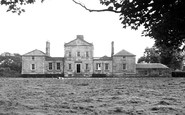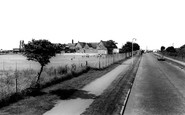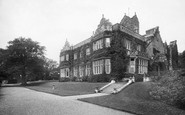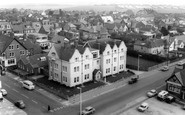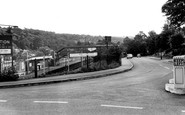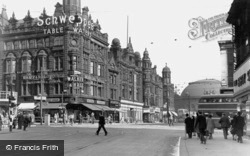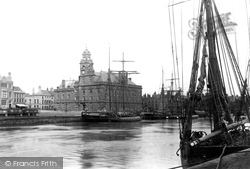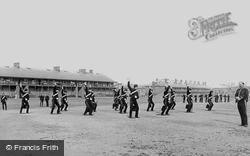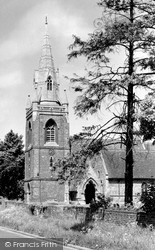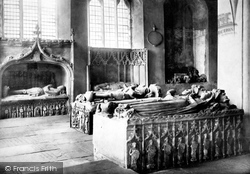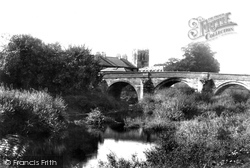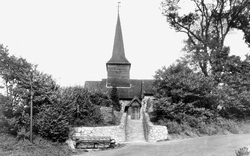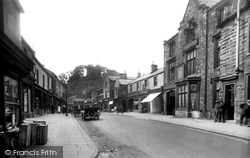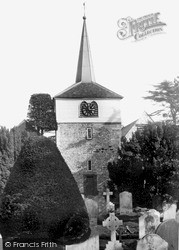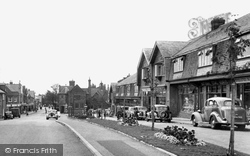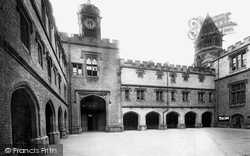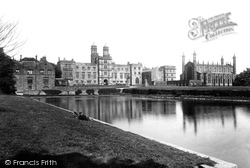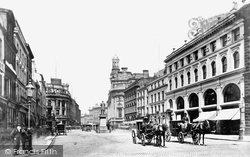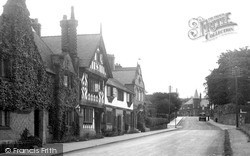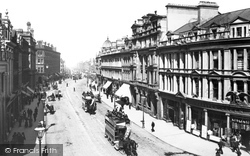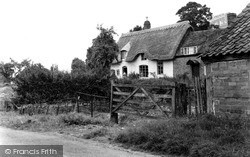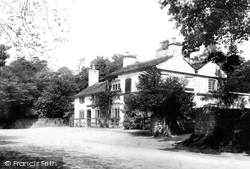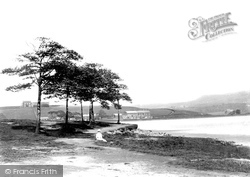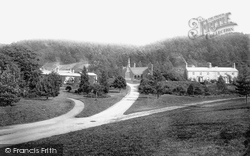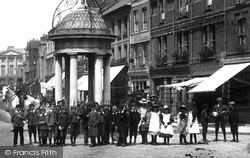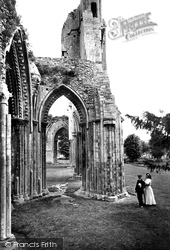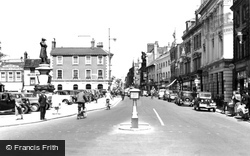Places
Sorry, no places were found that related to your search.
Photos
5 photos found. Showing results 1,001 to 5.
Maps
83 maps found.
Books
Sorry, no books were found that related to your search.
Memories
1,128 memories found. Showing results 501 to 510.
Larkfield
I lived on Auchmead Rd from 1957-79 and now I live in the States. Life has not been bad, but there's never a day goes by, that I do not think of home. When we were weans, we used to have concerts in the backyard, singing, dancing anything ...Read more
A memory of Greenock in 1979 by
Mossknowe House Teackle Mansion In The Us
I live in the State of Maryland in the US and have never been to Scotland, although our family geneology has been traced there. My reason for writing is this house. In my town of Princess Anne, ...Read more
A memory of Kirkpatrick-Fleming by
The Best Of Times
My Mum and Dad first brought me to Fairbourne when I was born in 1966. My father and his father before him had been coming to the same bungalow (Min-y-Don on the Coast Road - Penrhyn Drive South) all their lives. Mum Dad and my ...Read more
A memory of Fairbourne in 1975 by
Growing Up In The Avenues
I left school in 1965, Ogley Hay Girls' School, my maiden name was Kathleen Cooper. My birth father was George Kelly although I was brought up by my grandparents, Nell and Gerald Cooper. I loved the avenues, everyone knew ...Read more
A memory of Brownhills in 1965 by
East Ham From 1958
I was born and raised in East Ham and was very proud of it. We lived in Friars Road off the Barking Road and moved to Lincoln Road off High Street North. The postcards brought back memories of home. East Ham used to be a very ...Read more
A memory of East Ham in 1958 by
Childhood Memories
I remember when I was just a young teenager... you could roam around the village and just about everyone knew you. I loved to wander down to Mill Stream Lane with my jam jar and fishing net and walk along the stream ...Read more
A memory of Watton at Stone in 1968 by
I Would Like To Make Contact With Any Old School Mates
Hello to all, I was at Warnham Court in 1963 to 1970 (or thereabouts) My dormitory was Wran. I would very much like to make contact with anyone who may just be able to remember me. ...Read more
A memory of Warnham Court School in 1963 by
Change Of Use
I can't remember when Pier Hotel ceased to be an hotel but in 1965 it was already a Residential Care Home run by Hampshire social Services. When we moved from Stubbington to Lee in 1977 I went to work in Pier House and stayed for ...Read more
A memory of Lee in 1965 by
Happy Days In The Late 40s Early 50s
My memories relate to the 1940s and 50s - my Grandmother [Laura Reeves] and Grandfather [William Reeves] lived at 106 New Haw Road. My gran ran a little shop in the front room and I can still remember the smell of ...Read more
A memory of New Haw in 1950 by
Going To Work
When I was working for Nat West Bank in the 70s I used to travel on the train from Kenley Station every day to go up to Caterham and back. The up line terminates there while the downline goes via Purley to East Croydon and London, and I ...Read more
A memory of Kenley in 1972 by
Captions
1,233 captions found. Showing results 1,201 to 1,224.
With the help of the architect Frank Matcham they created a magnificent series of arcades, which are still much admired.
Much of it was carried by wherries, clinker-hulled double-ended barges, that carried a single loose footed gaff sail of about 1200 sq ft.
In 1877 the barracks became part of the much larger Infantry Barracks housing 1350 men. The last horses were retired in 1939, and the Cavalry Barracks were demolished in 1971.
The back arch has strap work and trophies.
The third Herbert tomb in this chapel (to the left) is the elaborate arched tomb of Sir William Herbert's natural son Sir Richard Herbert of Ewyas.
This bridge carried much coaching trade, as it was on the main London to York road.
The timber is about 700 years old, and the bell turret rests on an arched frame of timber.
Notice the stage-coach arch next to the bay windows: the stage coaches to Preston and Blackburn left from here.
Of special interest are the font (early Norman) and the Doom painting above the chancel arch.
The centre of Heswall was originally much closer to the shoreline, probably in the area around Village Road and St Peter's Church, but the advent of Telegraph Road - the A540 - has moved the commercial
Cloisters with studies above run to the south and east of Old Quad, with a tall arch forming the entrance to the School House dining hall at the south-eastern corner.
One thing to be said for Stafford (as far as anywhere can make such a claim in these unsettled times) is that it is a town without a darker side.
The estate is over 2,000 acres, much of which is farmed. The church of St Peter can be seen to the right of the picture.
Titus Salt created a community very much to his own pattern at Saltaire.
The buildings on the right were put up around 1835; the one with rounded window arches was for a long time the booksellers Sherratt & Hughes, and later Waterstone's - it then became WH Smiths while the
This village is referred to as 'Torintone' in the Domesday book, but during the reign of Edward II it, and much of the surrounding land, came into the possession of Roger de Thornton, whose only daughter
Everything seems to have operated on a small scale, and no doubt with much footwork as well as letter-writing. Telegrams could be sent from the massive General Post Office Building.
What is particular about Gloucestershire is that it offers so much variation in landscape. Uplands such as Cleeve Common spread beyond the Cotswold escarpment.
It always started in church, but apparently few people paid much attention to the religious service; they were too busy checking out their neighbours.
Healey Dell has been an attraction of a different type for much longer, probably since Anglo-Saxon times. In 1905 the Edwardian Falinge Park was opened north of Rochdale centre.
Between the road leading up to the mission house and the track forking off to the left of it, lies the village green, very much the heart of the village and a place where generations of village children
The Board brought about swingeing changes in Chelmsford - although much of it was a question of getting the townspeople to alter things they were perfectly happy with.
Thereafter much of the stonework of the abandoned abbey was robbed for re-use elsewhere. In 1907 the site was bought on behalf of the Church of England.
The Jaegar Shop on the extreme left of the picture conjures up memories of tweeds and country pursuits; nowadays the branch is much more fashion orientated, but nevertheless to be found on the High Street
Places (0)
Photos (5)
Memories (1128)
Books (0)
Maps (83)



